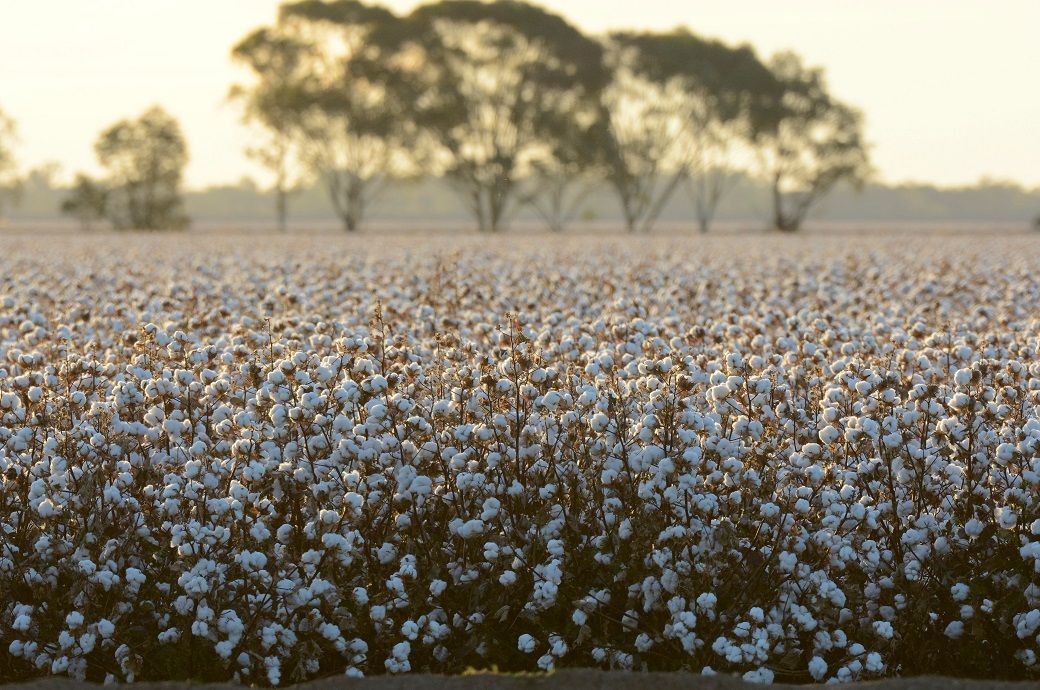[ad_1]
The result is even more important with the Australian Bureau of Agricultural and Resources Economics and Sciences (ABARES) forecasting a 2022-23 gross value of cotton production at around $3.4 billion with expectations that exports will reach a value of $5.1 billion because of prior shipping delays for the 2022 crop.
Australian cotton has significantly financially contributed to rural and regional communities with cotton supplying over 10 per cent of gross crop value in 24 LGAs in the 2020-21 season. The Australian Bureau of Agricultural and Resources Economics and Sciences has forecasted a 2022-23 gross value of cotton production at around $3.4 billion.
“The 2021 Census Data, collated only recently, proves how important cotton is to the future of many communities. We have always known that when a cotton grower has a good year, so too does the community they are part of. They invest back into their local communities by providing jobs, buying farming essentials like chemicals, diesel, machinery, and fertilisers while also supporting schools and community groups,” Cotton Australia CEO Adam Kay said in a press release.
The Australian Bureau of Statistics (ABS) 2021 Agricultural Census also revealed that cotton was grown in 65 local government areas with more than 75 per cent of cotton grower business expenses spent locally. In 38 of those LGAs, cotton contributed over $1 million to the local economies with 25 of those in New South Wales, nine in Queensland, one in West Australia, and three in the Northern Territory.
The ABS publication, Value of Agricultural Commodities Produced – Australia, 2020-21 also showed the gross value of cotton lint, irrigated and non-irrigated, at $1.465 billion.
“Since the census many billions have flowed through to the economy, helping communities prosper. Last year we recorded a record crop of 5.6 million bales, with 5 million bales forecast this year. Those 10 million-plus bales equate to approximately $7 billion injected into the Australian economy with much of it spent locally,” added Kay.
Results from the 2021 Population Census show that cotton growers support higher indigenous employment with Aboriginal and Torres Strait Islander employment on cotton farms and gins at 6.9 per cent while the 2022 Indigenous Employment Index Average Indigenous employment rate was 2.2 per cent for surveyed companies, and a parity target figure of 3.3 per cent.
“Cotton farmers would hope to boost the employment figures even higher if only they could access more workers for their farms. We are working with the federal government to solve the shortage of agricultural workers and we look forward to filling vacancies as soon as possible,” he said in the Cotton Australia statement.
Fibre2Fashion News Desk (NB)
[ad_2]
Source link




